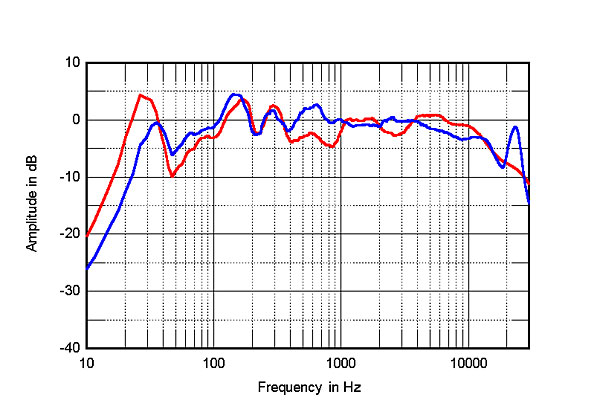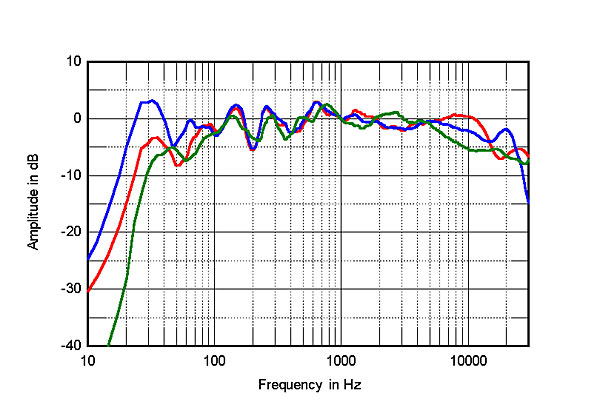Surely we are talking measurements here, not what some people prefer to listen to.

You have to distinguish between short term wow-effect and long term enjoyment. And I believe that no matter your preference... you would enjoy the more neutral speaker - for longer - meaning better investment and hugely better enjoyment for the buyer.
I measured several B&W speakers, from the cheaper models to the 800 series. And surely they have that horrid frequency response, that simply screams bad design - all of them. I believed that the good designer of the older B&W speakers - prior to ca. 2000 - ran off and helped Vivid Audio.
Besides - a speaker that has a difference of almost 8dB from midrange to tweeter - in the most sensitive range of our hearing - just silly!
I don't care how "famous" they are. We no longer have to be blind and ignorant of such poorly made speakers - no matter the fancy exterior... or interior for that matter.
It's carved in granite, that they made a hugely "colored" sounding speaker, with a direct focus on anything else but accurate rendition of the original input signal.
So - if you ask for accurate - clearly go somewhere else. If you just want eye candy ( taste may differ ) and have loads of money to burn, then be my guest.
And yes - I did hear them all, and I instantly recognized the sound signature when I entered a room - may it be at a private home or huge exhibition. I always think - " hey mate - did you burn your midrange?"
No matter the room, the volume, the music, the people etc. Compared to B&W - when I hear a KEF, JM/Focal, Revel and the like. I don't have to sit perfectly or listen to a special type of music... it's just on average way more enjoyable with the technically superior speaker designs.
And I primarily focus on the top octaves in this argument - since the room has way more influence below around 500Hz.
A person ask for advice about speakers, and openly writes that he is not the most experienced within the field. Then I believe it would be the kindest, to not point him to very expensive options, that also technically are very inferior to most other speakers on the marked - don't you think?
And, as pointed out clearly a few times in this thread. A well-designed loudspeaker can pretty easily be EQ'ed to one's lickings. B&W is severely flawed to begin with - and therefore EQ will just ruin it even more - pushing you further away from the original source signal.
You can only successfully EQ the frequency response of any speaker, if the same bump or dip is represented at all acoustical angles in front of the speaker.
If not drivers, filters, cabinet shape, cross-over, placement of drivers all match up to one smooth sum, creating that nice even power response all over. Then any EQ will be less effective or even just move an issue around - never really solving it.
My bet - in a proper blind test - any well-designed speaker from about 1000$ and up, would beat any B&W speaker - at any price, from the last 20 years.



